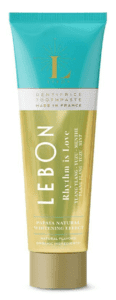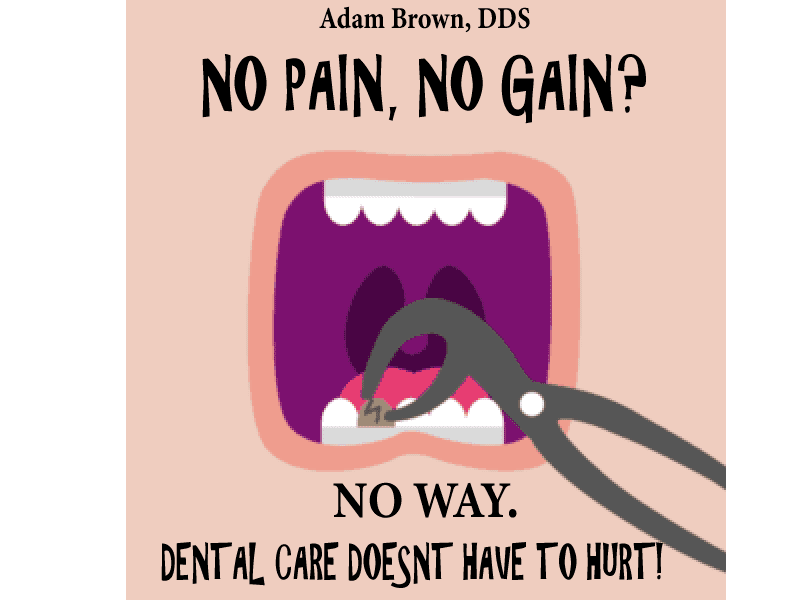The Germs on Your Toothbrush (and How to Brush More Effectively)

Brushing your teeth is the most essential practice of an oral health routine. Most of us know this because we are taught at a young age to brush twice a day. But besides the act of brushing itself, there are other factors involved in a proper brushing routine.
For example, what if the toothbrush you’re using could be causing more harm than good? There are millions of bacteria on the average toothbrush, including E. coli, Staph, and many others. In fact, the water in your toilet often contains fewer germs than your toothbrush. And while not all bacteria are bad, some bacteria are flat-out ugly. Knowing how to to take care of your toothbrush and when to replace it are key to long-term oral health.
Another question to ask yourself is whether you’re using the right kind of toothbrush. If you want to ensure you are reaching all areas of your mouth and removing plaque effectively and safely, then the type of brush you use is something to be carefully considered. Adam Brown, DDS is here to help you evaluate your brushing routine and, if necessary, determine how you can improve it:
Bacteria: The Good, The Bad, and The Ugly
First of all, it can help to understand what kind of bacteria are in our mouths. Experts estimate that 500 to 700 different types of bacteria can live in a person’s mouth; typically, an individual will host 250 to 300 at one time. Some of these bacteria are harmful. If left unaddressed, the bad bacteria can lead to ugly conditions like gum disease and leave you vulnerable to contagious illnesses.
However, your mouth also contains bacteria that are responsible for promoting your oral health. Here are a few examples of how good oral bacteria fights for you:
Mitigating Bad Breath
Studies have shown that if we removed all the bacteria from our mouths, then it could have a negative impact on our oral health. Certain oral bacteria kill other, more offensive bacteria in our mouths. For instance, there are bacteria that survive off of food particles and cause a foul odor (hello, bad breath). Then there are good bacteria like Streptococcus salivarius K12, which help to eliminate the bacteria that cause bad breath. So, if you have a healthy amount of good bacteria, it can help neutralize your breath.
Aiding in Digestion
Digestion consists of the breakdown of proteins and sugars in the food you consume. This process begins in the mouth, and good oral bacteria can help make it more efficient. In fact, healthy bacteria like probiotics can trigger enzymatic reactions in your saliva that kickstart digestion.
Staving Off Disease
Saliva production is an integral part of oral health. Harmful germs from food particles and sugar can cause a host of oral health issues, and saliva is what removes those bad bacteria from our mouths. Good bacteria from probiotics can increase or maintain your saliva production, in turn reducing the likelihood of periodontal disease, oral candida, and many other problems.
How to Keep Your Toothbrush Clean
OK, so we’ve discussed how good bacteria can help you maintain oral health. But there is no shortage of bad bacteria out there, many of which end up on your toothbrush. Depending on the study you read, the average toothbrush contains anywhere from 10 million to 100 million bacteria, including E. coli and staphylococci (Staph).
Whichever side of the spectrum your toothbrush falls on, it’s safe to say that you want to take the necessary steps toward keeping it clean. Here are a few practical ways that you can do that:
Keep it Away from the Toilet
The most convenient spot to store your toothbrush may be on the bathroom sink, which is why so many people keep it there. But this also happens to be one of the worst places to store your toothbrush, especially if your sink is in close proximity to your toilet.
Each time you flush the toilet, fecal bacteria are released into the air. If your toothbrush is sitting out in the open next to the toilet, well, you get the picture. No one wants fecal bacteria finding a new home in the bristles of their toothbrush. Find a spot that isn’t near the toilet, and if possible, store your toothbrush in a medicine cabinet for better protection. Moreover, close the toilet lid before you flush to minimize the circulation of bacteria.
Clean Your Toothbrush Holder
Your toothbrush isn’t the only thing catching bacteria in the bathroom. If your toothbrush holder is near the toilet, it’s likely collecting bacteria as well. In fact, toothbrush holders are among the most germ-infested items in the average household. It’s right up there with the kitchen sink and dish sponges!
You might be thinking you’re going to toss your toothbrush holder right about now. While that’s an option, you can also just clean your toothbrush holder daily to keep the bacteria to a minimum.
Store It Properly
So, you have moved your toothbrush away from the toilet and made your toothbrush holder a part of your regular cleaning routine. Now, there are a few other things you can do to minimize bacteria when you’re not using your toothbrush:
- Thoroughly rinse your bristles after each use.
- Make sure your toothbrush air dries completely between brushes; storing your toothbrush upright in the holder helps with this.
- Avoid toothbrush covers, as they inhibit drying and create a breeding ground for bacteria.
- Use only your toothbrush, and don’t let anyone else use yours.
- Prevent germ swapping by keeping your toothbrush separate from others.
Clean the Bristles
You know that you should replace your toothbrush every three months, but what about the time between replacements? If you wash your bedding or bath towels more regularly than that, why wouldn’t you take the same precautions for your toothbrush? Fortunately, there are simple ways to clean your toothbrush each week to keep bacteria at bay:
Rinse with hot water. Before and after each use, run hot water through the bristles of your toothbrush. This will help eliminate any bacteria that has accumulated between brushes, including new bacteria from your most recent use.
Soak it in mouthwash. After brushing, fill a small cup with an antibacterial mouthwash. Put your toothbrush into the cup head down, and allow it to soak for at least two minutes. This thoroughly cleans your bristles and leaves your toothbrush smelling fresh; the downside, however, is that it can also cause the bristles to wear down faster.
Boil the bristles. One of the most effective ways to kill bacteria in your bristles is to boil them. But you must use this method with caution because the plastic handle on your toothbrush can easily melt. Heat a small pot or tea kettle on the stove, and once the water is boiling, turn off the burner. Then, dip the head of your toothbrush in the water for about 30 seconds. This will kill most of the bacteria while preventing the plastic from melting.
Put it in the dishwasher. Just as it works for cleaning your kitchen utensils, a dishwasher is a wonderful device for cleaning and sanitizing your toothbrush. Put your toothbrush in the utensil container, and run it through a cycle with the rest of your dishes. Depending on how hot your dishwasher gets, you may want to adjust the water temperature to avoid melting.
Use a UV sanitizer. Many medical experts agree that UV sanitizers are the most effective way to eliminate bacteria on utensils. In fact, laboratories and hospitals across the globe use UV sanitation because it has been shown to kill millions of bacteria in minutes. There are several UV sanitizers on the market designed specifically for toothbrushes. These products tend to be a little expensive, but some people consider them worth the investment.
When to Replace Your Toothbrush
Virtually every dental organization in the world recommends replacing your toothbrush at least every three months. While some people think this is a marketing scheme aimed at selling more toothbrushes, there are legitimate reasons why three months is the standard:
Bacteria. Each time you brush your teeth, new plaque and bacteria get on the toothbrush. It’s only a matter of time until the buildup overtakes the toothbrush, even if you routinely keep your toothbrush clean between uses.
Bad bristles. Bacteria buildup isn’t the only way your toothbrush is affected over time. Your bristles also become worn out. When this happens, it inhibits you from being able to properly clean your teeth and gums, including the surfaces of your teeth and hard-to-reach areas. Moreover, worn-out bristles are harder on your gums and can cause inflammation and premature gum recession.
Contamination. Anytime you get sick with a viral infection (e.g., cold, flu, etc.), you should change your toothbrush afterward. The bacteria and viruses can cling to the bristles. If you neglect to replace your toothbrush once you recover, it can cause you to become reinfected or contaminate other people in your household.
Keep an eye on the bristles in your toothbrush. The harder you brush, the faster they will wear down. So, if you tend to apply a lot of pressure when you brush, you may need to replace your toothbrush more often than every three months. As soon as you begin to notice worn-out bristles or bristles pointing in the wrong direction, get a fresh brush.
Getting the Best Brush for Your Mouth
Along with keeping your toothbrush clean and replacing it when necessary, it’s essential that you are using the right kind of toothbrush. Here are a couple of factors to consider:
Bristles
There are several different types of toothbrush bristles. They come in soft, medium, and hard. Most dentists recommend soft bristles because; they are effective at removing plaque yet less harsh on the teeth and gums than hard or medium bristles.
You can also choose between rounded and flat-top bristles, as well as those that are uniform and those that vary in lengths and angles. Rounded bristles are most often recommended for the same reasons as soft bristles. And bristles with variations help some people clean their teeth more thoroughly. At the end of the day, however, it really comes down to using a toothbrush that is comfortable, safe, and effective for you.
Manual or Electric
Another consideration when choosing a toothbrush is whether you want it to be manual or electric. Both types can be effective at removing plaque and promoting oral health. As with bristles, this comes down to preference. As long as you brush twice a day for two minutes with a manual toothbrush, it will work well. But if you are more likely to maintain your oral health routine by using a battery-powered toothbrush, then an electric brush might be the way to go.
Conclusion
Brushing your teeth is likely such an ingrained habit that you don’t give it much thought outside of the four minutes per day you spend doing it. But there are many things to consider if you want to ensure you are cleaning your teeth and gums as effectively as possible.
Always keep your toothbrush clean, and replace it at least every three months. Make sure you’re using the right kind of toothbrush for your routine. And remember to call Adam Brown, DDS to schedule an appointment if you have any dental health concerns!

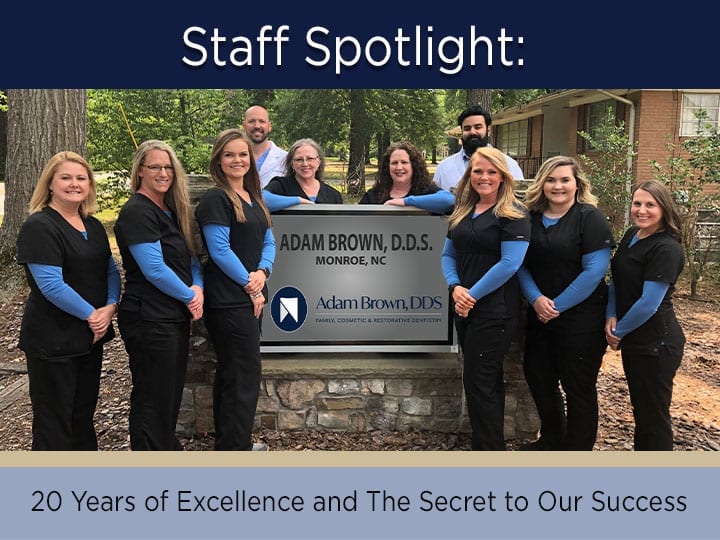
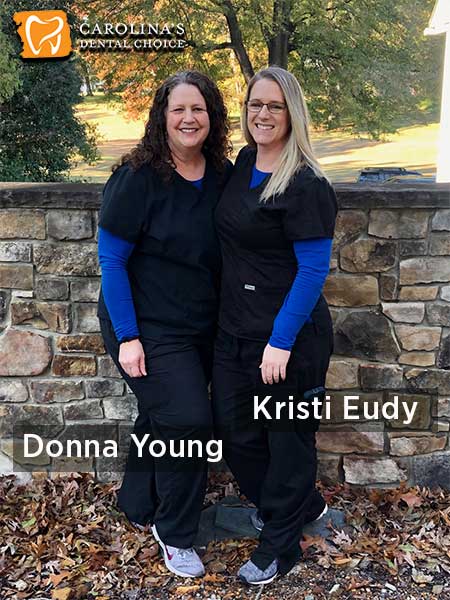
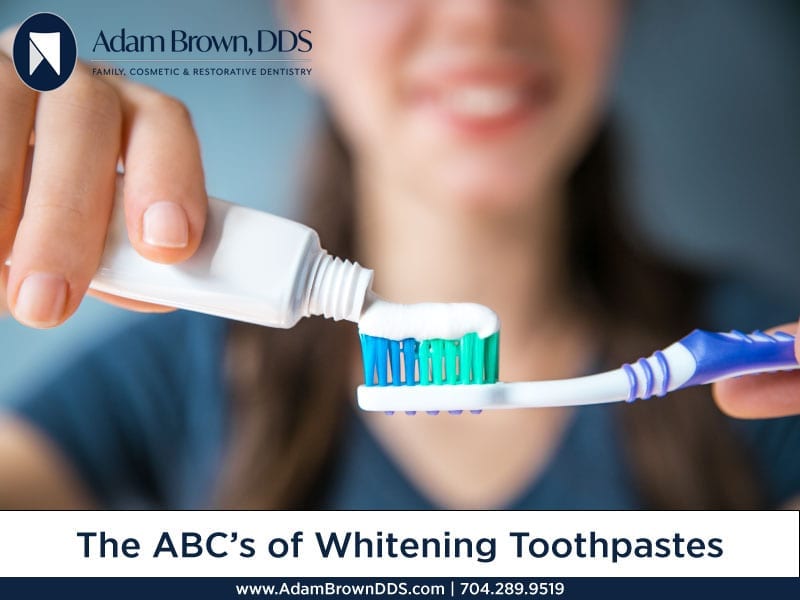
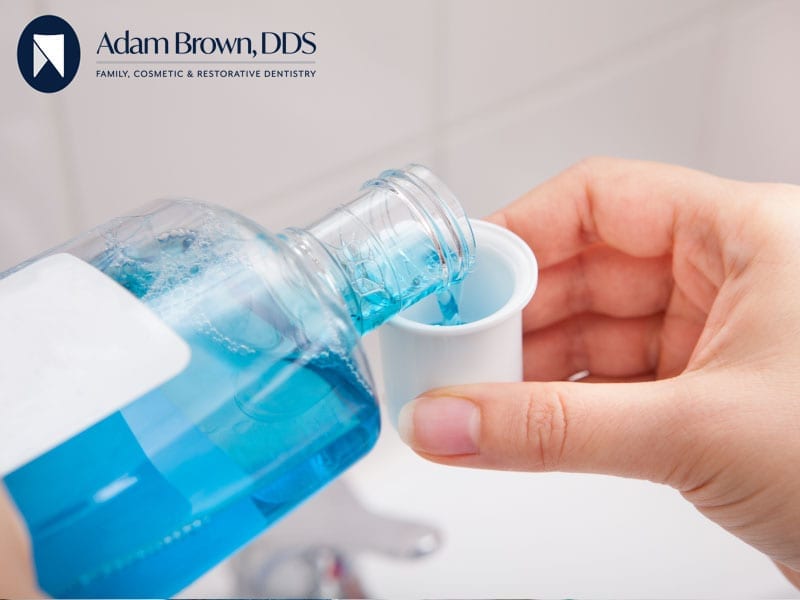
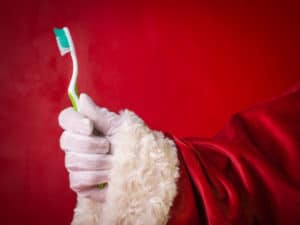 Perhaps when you were younger, Santa stuffed your Christmas stocking full of chocolate coins and peppermint twists — and a new toothbrush to remind you not to let all that candy rot your teeth. Santa’s always been a smart guy.
Perhaps when you were younger, Santa stuffed your Christmas stocking full of chocolate coins and peppermint twists — and a new toothbrush to remind you not to let all that candy rot your teeth. Santa’s always been a smart guy. Not crafty? No worries! The artists of
Not crafty? No worries! The artists of 